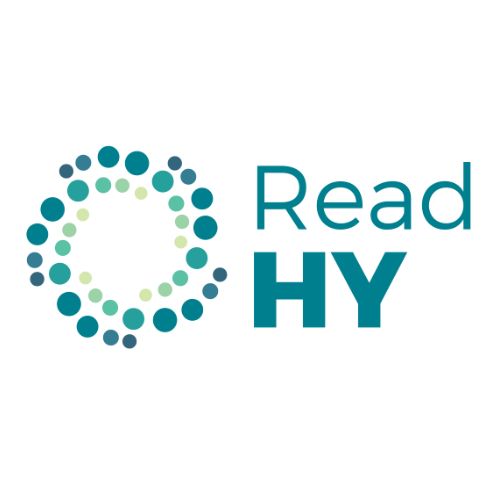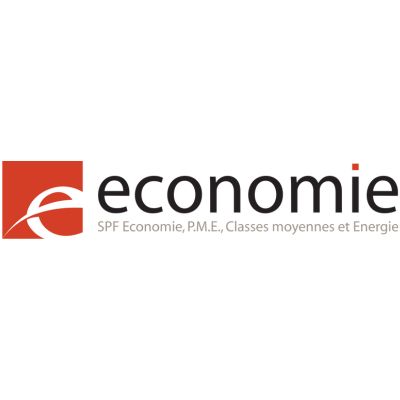ReadHY
Development of an innovative testing method towards a better understanding of hydrogen metal interactions to secure gaseous hydrogen transportation.
Introduction
Renewable hydrogen is poised to play a pivotal role in the transition to a carbon-free energy system by 2050. As the global demand for hydrogen grows, ensuring its safe and efficient transport becomes a priority. To this end, national grid operators require significant support in upgrading existing infrastructure and developing new systems to handle hydrogen-containing gases. This is especially critical for securing the transport of pressurized hydrogen, which demands a detailed understanding of hydrogen’s interaction with metals, ensuring safety and reliability.
The safe transportation of hydrogen, unlike conventional gas, involves complex hydrogen-metal interactions. Metals are susceptible to hydrogen absorption, even in minute quantities, leading to hydrogen embrittlement—a phenomenon where the mechanical properties of the material degrade, reducing ductility and accelerating crack propagations, as well as inducing risks of delayed fracture and blistering. These issues not only threaten the integrity of pipelines but also pose substantial safety risks, underscoring the need for comprehensive testing and innovative solutions.

Objectives
The ReadHY project is dedicated to developing a novel mechanical testing method that evaluates the behavior of pipeline materials under hydrogen exposure. This approach, called the Dynamic Tube Rupture Test (DTRT), will enable the industry to assess the performance of materials used in hydrogen transportation. By simulating similar conditions that pipelines would face in pressurized hydrogen grids, the DTRT will measure critical factors such as crack propagation rates in tubes presenting defects and weld zones exposed to cyclic hydrogen pressures. These tests are performed in-situ, providing more accurate and relevant data for real-world applications.
A significant advantage of the DTRT lies in its use of tube-shaped samples that closely resemble actual pipeline conditions with a reduced diameter. This design allows cracks to propagate in a direction consistent with real-world pipeline stress, offering a more representative evaluation than traditional testing methods. Additionally, this technique will simultaneously address practical industrial needs while advancing our fundamental understanding of hydrogen-metal interactions. The development of this new testing method is a challenging endeavor, requiring meticulous research to deliver a reliable and effective solution for the hydrogen transport sector.
Developed skills
The ReadHY project aims to support the safe transport of pressurized hydrogen within Belgium’s infrastructure. The project contributes directly to Belgium’s federal hydrogen strategy. This initiative seeks to:
· Strengthen Belgium’s leadership in hydrogen technologies by creating competencies and testing methods that are highly relevant to the emerging hydrogen economy.
· Foster the growth of a robust hydrogen market by providing in-depth insights into how hydrogen interacts with real-world pipeline materials, helping to develop efficient and safe hydrogen transport processes.
· Enhance collaboration between Walloon and Flemish universities and research centers, driving innovation and supporting industries connected to gas infrastructure.
Partners
Funding Bodies

